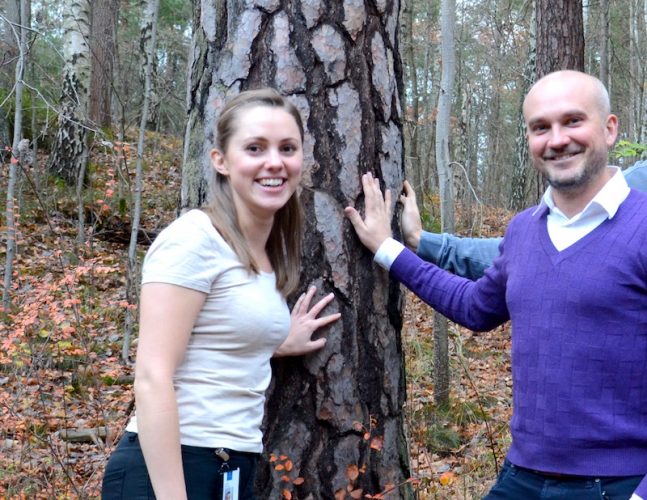Researchers from WWSC at KTH have together with researchers from the University of Nottingham and The University of Queensland for the first time identified how xylans and mannans individually contribute with different qualities as they bind together with cellulose. The findings that open new doors to advances in material engineering as well as in food and agriculture were recently published in Nature Communications.
“Mannans improve the compression, or pulling together of cellulose networks, while xylans improve their extension, or pulling them apart”, says associate professor Fransisco Vilaplana in an article at kth.se.
The research is a part of Jennie Berglund’s PhD project and was performed during a research secondment in Brisbane where she learned how to use the bacterium Komagataeibacter xylinus to a cellulose model gel. Here you can watch Jennie Berglund’s presentation from her thesis defense >>
Berglund, J., Mikkelsen, D., Flanagan, B.M. et al. Wood hemicelluloses exert distinct biomechanical contributions to cellulose fibrillar networks. Nat Commun 11, 4692 (2020).





